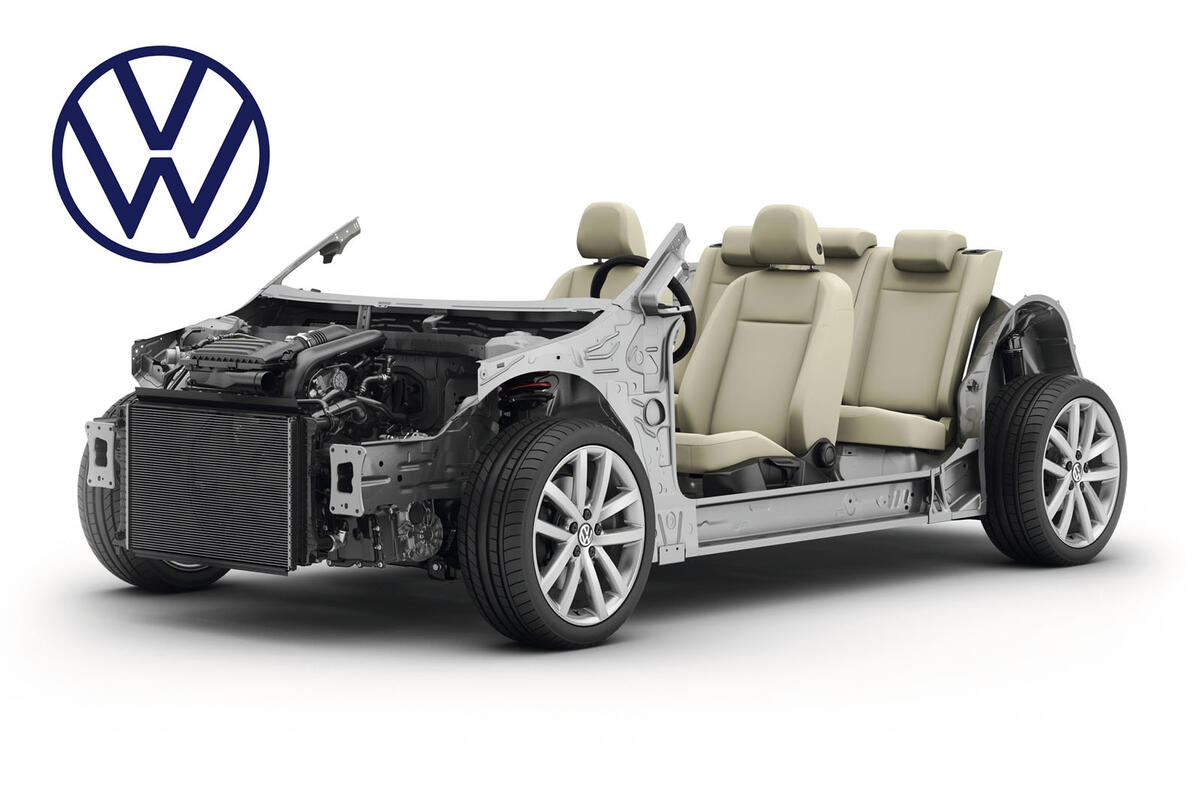"VW’s secrets for world domination", read the Autocar headline when the Volkswagen Group revealed a new vehicle architecture in all its oily glory back in February 2012.
In the decade since, more than 40 million cars have been built across 70 different model lines sold by seven different brands. By the end of the 2020s, around another 40 million are expected to be built. World domination? In automotive terms, there can be no debate.




Add your comment